10 Underreported Issues Impacting the World Today
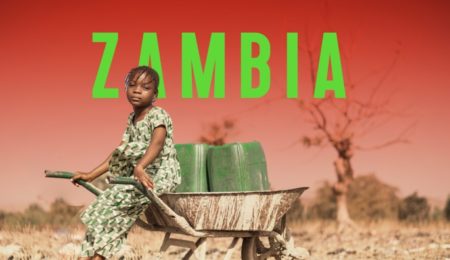
While the 24-hour news cycle focuses on the latest political scandals, natural disasters, and celebrity misdeeds, there are several important issues developing outside of the headlines that rarely get more than a passing mention. From human rights violations to environmental degradation, there are ongoing underreported issues around the world that affect millions of lives each day but often fail to capture worldwide attention. But why do some issues remain underreported? How concerning are these issues? Let us find out.
Table of Contents
1 Microplastics Ingested by Humans Can Accumulate in Every Organ, with no Clear Understanding of Their Health Impacts.
Microplastics are extremely tiny particles that are turning up everywhere, even inside of humans. Recent studies have found plastic pieces as small as 5 millimeters in human lungs, placentas, breast milk, and blood.
Where are they coming from? Lots of places, unfortunately. Clothes, cosmetics, and many everyday products contain microplastics that are shed into the environment. When you use these things, some of the plastic rubs off on your skin and can work its way into your body.
Scientists are still trying to figure out exactly how much microplastic the average person consumes each year through all this. An American Society Study suggests humans might ingest tens of thousands of tiny plastic bits annually. And that’s probably an underestimate. There’s still a lot that scientists have not uncovered.
Once inside the human body, it’s a mystery how these particles spread, break down, and get eliminated. No one knows how long they stick around if humans can’t immediately flush them out. Babies may have it even worse. American Society study also found higher levels of microplastics in infant feces compared to adults. Understandably, this is concerning since little ones are still developing.
Scientists have linked microplastics to some concerning health effects, like disrupting the gut bacteria, causing inflammation, and potentially harming fertility, learning, and memory over time. However, more research with real-world exposures is needed to grasp the risks fully. (1,2)
2 Peatland Destruction Jeopardizes Climate Stability and Biodiversity, Necessitating Immediate Action for Protection.
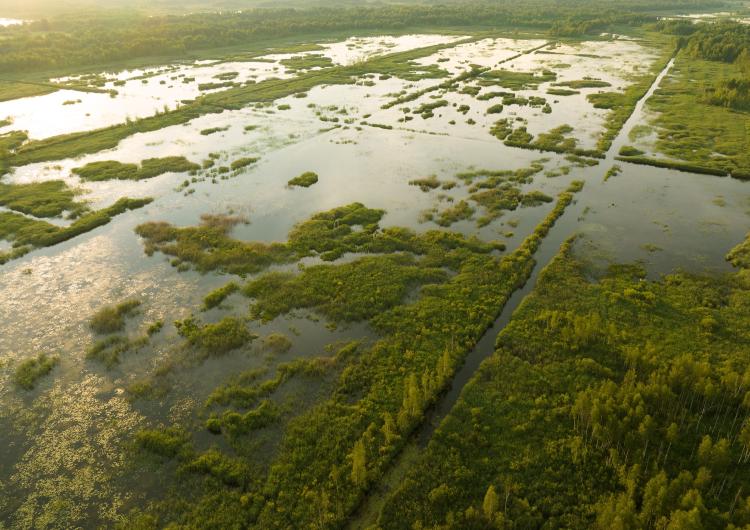
Peatlands are a wetland ecosystem found on every continent, covering an estimated 3% of the world’s land area. Composed of peat soil and wetland vegetation, these ecologically important areas absorb and store immense amounts of carbon. However, human activities are putting peatlands in peril globally, with grave implications for climate change, biodiversity, and livability on Earth.
Unfortunately, around 15% of the world’s peatlands have already been drained to make way for agriculture and development, primarily in Southeast Asia and the tropics. As a result, the stored carbon breaks down more quickly, adding more carbon to the atmosphere. It’s particularly problematic in regions like Southeast Asia, where the warm temperature accelerates the breakdown. Not only that, but cultivation, draining, and resource extraction have destroyed up to 80% of peatlands in some places. (1,2)
3 Modern Slavery Is a Global Tragedy Hidden in Plain Sight, Impacting Millions Worldwide.
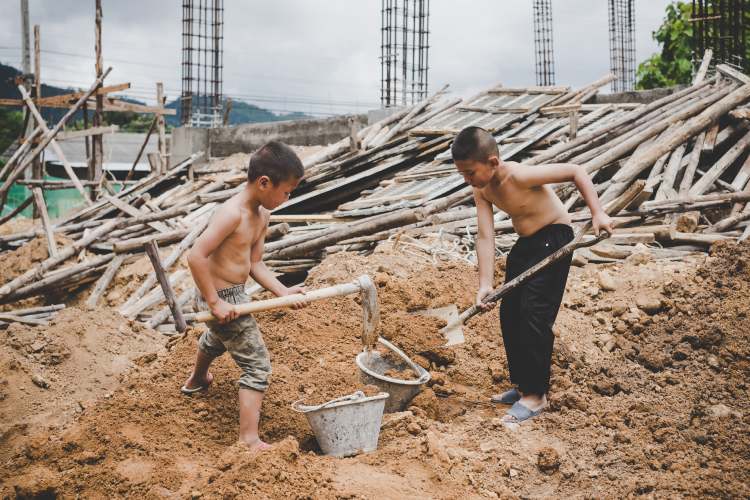
According to the International Labour Organization, nearly 50 million people, or one out of every 150 people worldwide, are trapped in modern slavery. Alarmingly, more than 3.3 million of these victims are children. This figure marks a staggering increase of 2.7 million from 2016 to 2021, with the COVID-19 pandemic worsening the crisis and highlighting modern slavery as one of the most underreported issues around the world.
The report also attributes the surge in modern slavery to the spike in extreme poverty resulting from the health emergency. Experts suggest that individuals facing extreme poverty are at a higher risk of being compelled to work involuntarily and without compensation.
Modern slavery takes various forms, including trafficking, forced labor, debt bondage, descent-based slavery, child slavery, forced or early marriage, and domestic servitude. Migrant workers are particularly susceptible to exploitation due to unjust recruitment practices and unsafe migration, a risk exacerbated by climate change-induced displacement. (1,2)
4 Tech Giants Have Been Exploiting Child Labor in Congolese Mines for the Production of Clean Energy Devices.
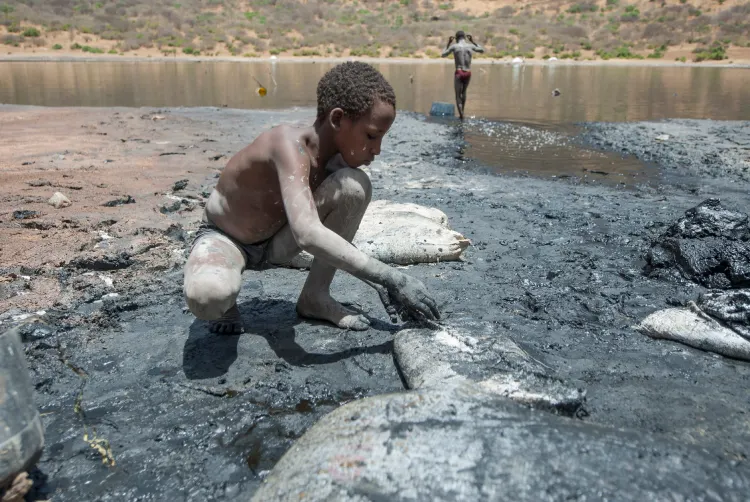
A new report from Amnesty International raises concerns about child labor in mines in the Democratic Republic of Congo (DRC) that produce cobalt used in batteries for electronics. Cobalt is a key mineral used in lithium-ion batteries for devices like smartphones, laptops, and electric vehicles.
The researchers traced the supply chain of cobalt mined in DRC back to major electronics companies. While some companies denied using cobalt from DRC, others acknowledged relationships with traders selling DRC cobalt. None of the companies could confirm that the cobalt in their supply chains was free of child labor.
In 2014, according to UNICEF, mining by hand in the Democratic Republic of Congo (DRC) employed tens of thousands of people, with an estimated 40,000 of them being children.
A report by CBS News describes hard and hazardous conditions for children and adults in the mines. Young children, as young as four, help sort and wash cobalt, while those as young as 10 carry heavy sacks of cobalt. Prolonged exposure to mine dust and fumes poses health risks and even fatalities. (1,2)
5 More than Half of Zambia’s Population Is Living Under the Poverty Line.
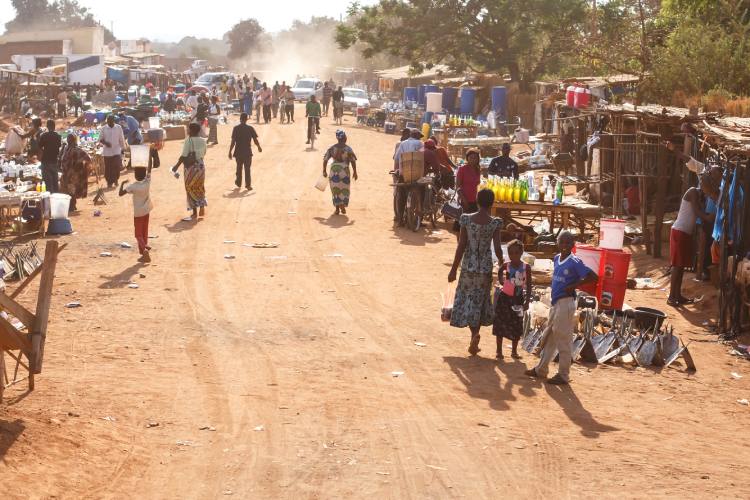
One of the most concerning underreported issues around the world is poverty in Zambia, where opportunities and resources differ substantially between urban and rural areas. According to recent data, more than fifty percent of the population lives below the national poverty line, surviving on less than $1.90 a day and struggling to meet their basic needs, and around 40% live in dire poverty. Unfortunately, rural areas face much greater levels of extreme poverty compared to urban centers. The statistics showing 65.1% of rural households are unable to afford basic food versus 22.4% of urban households highlight how poverty is almost three times as prevalent in rural communities.
The COVID-19 pandemic has increased these inequities in the short run. The path forward is less clear for rural communities, where three-quarters of impoverished people reside. Access to education, healthcare, and other social services tends to be more limited than in urban areas. (source)
























